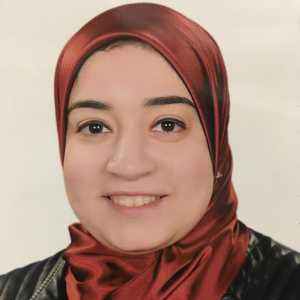Title : Aortic graft infection secondary to Campylobacter Fetus
Abstract:
Introduction: Early aortic graft infections, which can arise within 4 months of endovascular graft repair, frequently present as high-grade infections. However, late infections can be challenging to detect due to nonspecific symptoms. This case report discusses a late aortic graft infection developing 3 years after an endovascular abdominal aortic aneurysm repair (EVAR).
Case Description: A 75-year-old man who underwent EVAR 3 years prior to presentation reported generalized weakness, cough, and rhinorrhea lasting 4 days. On admission, the patient was febrile (39.3 °C), with a pulse rate of 95 beats/min, respiratory rate of 18 breaths/min, and 93% oxygen saturation on room air. His blood pressure was within reference range, and his physical examination and chest radiography findings were unremarkable. His viral assays and urinalysis were negative. His laboratory evaluation revealed a white blood cell count (WBC) of 12.63 × 109 /L (reference range, 3.8–10.5 × 109 /L). His abdominal computed tomography (CT) scan revealed perianeurysmal stranding. Blood cultures collected on admission grew gram-negative rods within 2 days, and the patient was treated with ceftriaxone.
Campylobacter fetus as the causative agent increased suspicion of aortic graft infection. His antimicrobial management escalated to ertapenem, and the care team consulted the vascular surgery department. A CT angiogram of the abdominal aorta using an intravenous contrast agent revealed a type II endoleak, periaortic stranding, and lymph nodes. A whole-body indium scan showed increased leukocytic accumulation in the periaortic region, indicating infection. The patient was transferred to his primary surgeon for positron emission tomography (PET)-CT examination and further disease management.
Discussion: Aortic endograft infection is a rare complication following EVAR, appearing in <1% of cases but more frequently after emergency or repeat surgical operations due to intraoperative bacterial contamination. Remarkably, this patient experienced an aortic graft infection 3 years after EVAR in Campylobacter fetus bacteremia. The high affinity of a surface receptor for vascular tissue—especially damaged endothelium—and the production of a local procoagulant promoting thrombus formation have been associated with the vascular tropism of Campylobacter fetus. Vascular graft infections require a timely diagnosis for appropriate surgical and/or antibiotic treatment to reduce mortality. Unnecessary surgical intervention on noninfected grafts is associated with high mortality risk, making the accurate diagnosis of vascular graft infections imperative.
The challenge with a clinically suspected vascular graft infection is obtaining conclusive evidence. While difficult to obtain in clinical practice, positive cultures from percutaneously aspirated perigraft fluid or surgically retrieved material are the gold standard for determining the diagnosis. Furthermore, most clinical signs and symptoms are nonspecific. WBC scintigraphy with single-photon emission computed tomography/CT has high diagnostic accuracy but is time-consuming. Fluorodeoxyglucose-PET/CT examination is preferred for an expeditious diagnosis.
What will the audience learn from your presentation?
1. Describe the non-specific clinical features of aortic graft infection.
2. Introducing Campylobacter fetus as a causative agent of aortic graft infection.
3. Outline different modalities for diagnosis of aortic graft infection.




